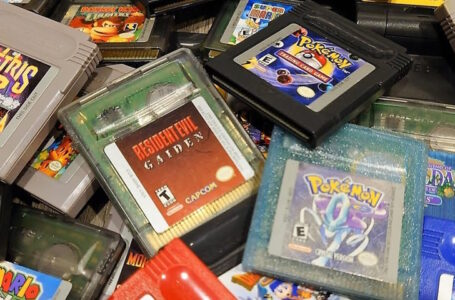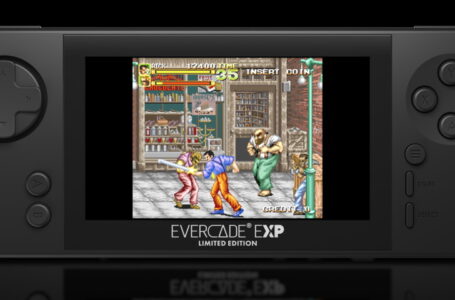Blissful Death: A clash of oil and blood in Sol-Deace
One of the reasons that a lot of Evercade fans were especially excited about the Renovation Collection 1 cartridge for the platform was the presence of several excellent shoot ’em ups. One of these, Gaiares, we’ve already taken a look at, so now it’s time to admire Wolfteam’s excellent Sol-Deace.
Like many of Wolfteam’s other games, Sol-Deace (or Sol-Feace as it was originally known) originated on Japanese home computers — this time around, it first showed up on the popular Sharp X68000 in 1990. It’s more popularly known worldwide as a game for Sega systems, though — specifically, the Mega CD, for which it was a Japanese launch title in 1991 and a pack-in game with the system in North America, and the Mega Drive, to which it was subsequently ported in 1992.
The Evercade version is based on this latter release — which is also where it changed its name from Sol-Feace to Sol-Deace for reasons that are likely related to rights issues over the original name.
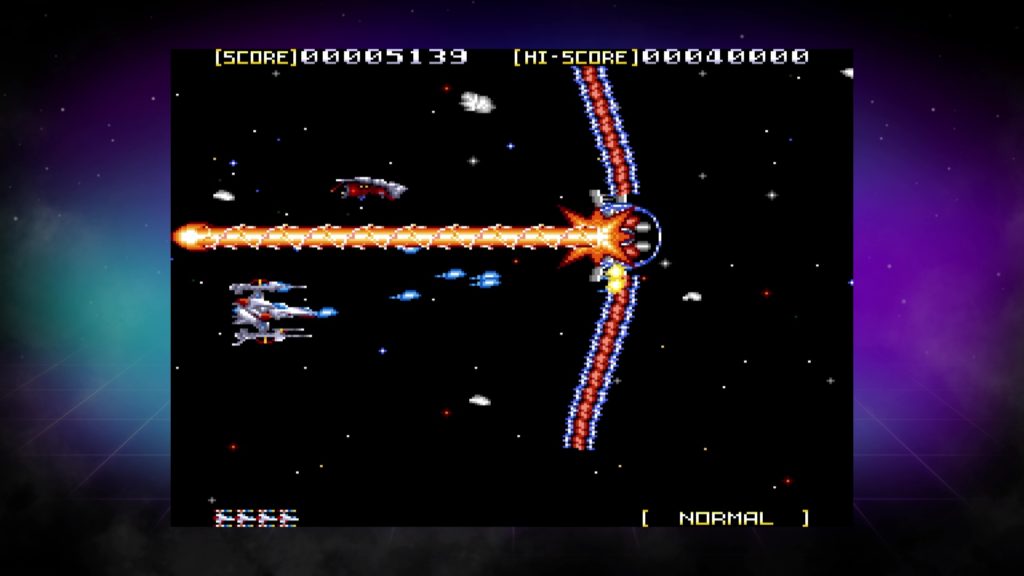
Although reasonably well-known and well-regarded among the vast library of shoot ’em ups available for the Mega Drive, original copies of Sol-Deace can be pricy these days, and thus the Renovation Collection 1 cartridge for Evercade once again provides a great means of picking up some retro classics for a fraction of what you’d pay on the unregulated collectors’ market.
In Sol-Deace (as we will be referring to it hereafter), you pilot the titular spacecraft, designed by one Dr. Edwin Deace, in an attempt to single-handedly take down the rogue supercomputer which humanity built and which, inevitably, now wants to destroy them. It’s a tried-and-tested setup that doesn’t offer anything original — and, unlike some of Wolfteam’s other games, Sol-Deace’s Mega Drive version takes it fairly easy on the storytelling and cutscenes — but it provides suitable impetus for some varied blasting.
Across six stages, each of which have their own distinct gimmicks, you’ll pilot the Sol-Deace, defeating enemies and eventually taking down the stage boss. Along the way, you’ll have the opportunity to collect power-ups, and here’s where Sol-Deace is at its most interesting.
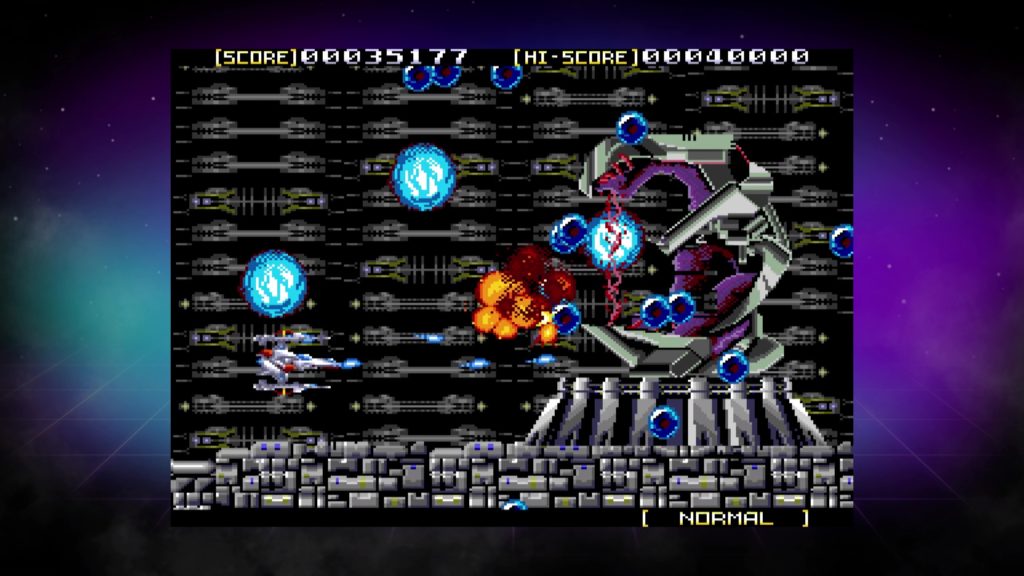
The most commonly seen power-up in Sol-Deace — indeed, it even appears every time you lose a life, allowing you to quickly get back up to fighting strength — straps two cannons to your ship: one on top, one on the bottom. By moving to the right, you can rotate these cannons so that they are facing outwards, allowing for three-way shooting; by moving to the left, meanwhile, you rotate them back towards the horizontal position, allowing you to fire a concentrated barrage forwards.
Making good use of this mechanic is very helpful while working your way through Sol-Deace. Holding down the “shoot” button performs rapid fire and locks the cannons at their current position while you continue to blast away; releasing and moving allows you to reposition them according to your needs at that moment. It takes a little getting used to, but once you’ve mastered it you can really start getting creative with the way you’re hitting enemies.
This isn’t the only power-up, though. There’s also a piercing orange laser, a double-power cannon and powerful missiles that “fall” either upwards or downwards depending on where the launcher is attached to your ship.
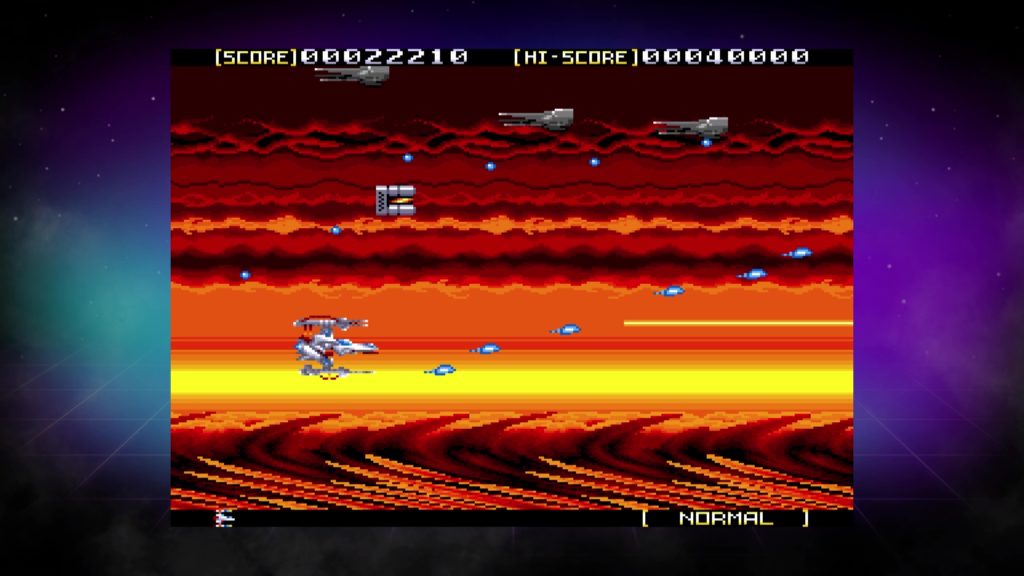
The best thing is that you can mix and match these power-ups as you see fit, because the point of your ship that collides with the power-up when you pick it up determines where it will be attached. So if you pick up, say, a laser by moving upwards into it, the laser will be strapped to the top of your ship (and thus can be angled); flying the cockpit of your ship into a power-up, meanwhile, will replace your ship’s main, non-aimable weapon with the item you collect.
The nice thing about Sol-Deace is that none of these power-ups feel “useless”. The only time you really feel vaguely powerless in Sol-Deace is immediately after losing a life, where you only have your ship’s main weapon firing ahead — but as previously noted, every time you die, the additional cannon attachments drop ahead of you, even during boss fights, so you can usually get yourself back to a decent level of fighting strength easily, so long as you can reach the item in question.
Sol-Deace’s presentation is very nice indeed. The visuals are clear and smoothly animated, albeit somewhat prone to sprite flicker when things get a bit busy on the screen. Probably the most impressive part of the spritework is the “fake rotation” effects that are used on a lot of different enemies; the base Mega Drive did not have hardware rotation in the same way that the Mega CD and Super NES did, but the number of frames of animation used on various articulated enemies in Sol-Deace is definitely very impressive.
It’s one of those things that is more impressive if you’re familiar with the capabilities (and lack thereof) of the original host platform — but modern gamers should at least hopefully be able to appreciate the fluidity of animation and movement!
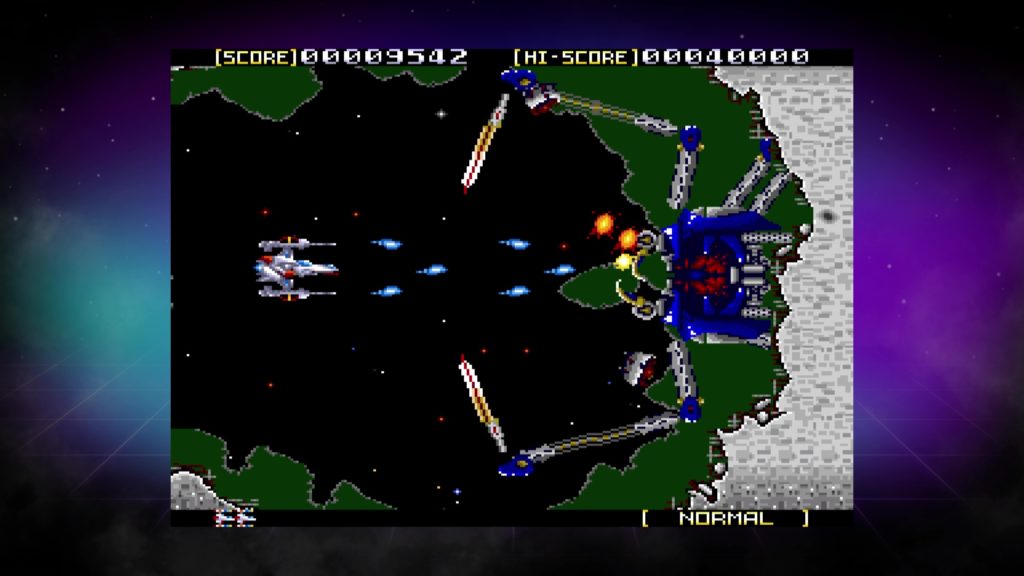
The musical score is particularly worthy of note from a historical perspective, because it’s by Motoi Sakuraba, who is best known today for his work on the Tales series of RPGs. This should be no surprise to those who know their Wolfteam history, but for the benefit of those unfamiliar, Wolfteam, who were originally owned by Telenet Japan (the parent company of Renovation), launched the Tales series with Tales of Phantasia in 1995, at which point a lot of the original staff left and formed Tri-Ace.
Those who remained part of Wolfteam, either as Telenet Japan employees or contracted freelancers, became Namco Tales Studio in 2003, and Namco assumed majority ownership of the developer at this point. In 2007, Telenet went bankrupt, and Bandai Namco (as they had become known by this point) absorbed them fully in 2011, with all 80 members of the team joining Bandai Namco’s internal development studio.
Regardless of what transpired following Sol-Deace’s release, Sakuraba’s score for Sol-Deace is excellent, striking an excellent blend between high-tension action and the typically “triumphant” sound heard in many 16-bit shoot ’em ups. Each stage has its own distinct score, and many of Sakuraba’s tunes have highly catchy hooks that you’ll likely find yourself humming long after you turn the game off. The first stage’s music is particularly powerful in this regard — but this is at least partly due to the fact that it’ll likely take you a good few tries to get off that first stage when you first begin playing!
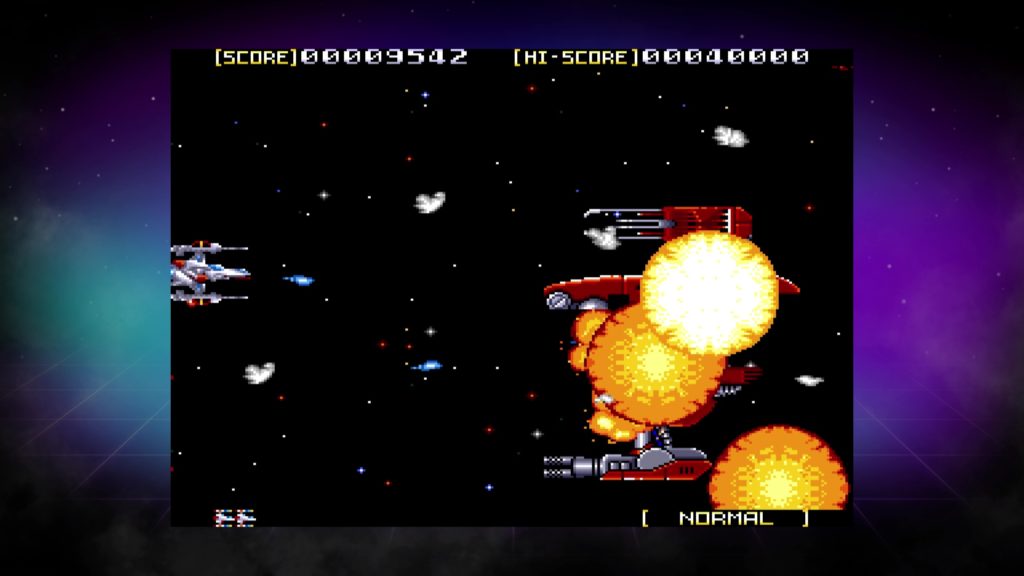
Sol-Deace is a challenge, but it doesn’t feel quite as brutal as Gaiares does at times. Most importantly, it always feels fair; bullets and obstacles are clear and easy to discern, and both regular enemies and bosses make use of easily recognisable patterns that you can parse through obvious visual cues and telegraphs. Actually executing the required fancy flying to put that knowledge to good use take a bit of practice — but put in a bit of time to Sol-Deace and you’ll be pleasantly surprised how quickly you find yourself improving.
All in all, Sol-Deace is definitely one of the best shoot ’em ups on the Evercade right now. Admittedly, the platform has been a little short of solid 16-bit blasters up until this point, but the one-two combo of Gaiares and Sol-Deace — coupled with the excellent Super E.D.F. on the Jaleco Collection 1 cartridge — will absolutely keep you busy for a while, and should drive it home that this is a platform dedicated to providing varied, interesting and affordable retro experiences, hopefully for many years to come.
Evercade’s Renovation Collection 1 cartridge is available to order now. Screenshots from the Evercade version running on Evercade VS.
Join The Discussion
Rice Digital Discord
Rice Digital Twitter
Rice Digital Facebook
Or write us a letter for the Rice Digital Friday Letters Page by clicking here!
Disclosure: Some links in this article may be affiliate links, which means we may earn a small commission if you make a purchase after clicking on them. This is at no additional cost to you and helps support Rice Digital!
- Letter from the Editor: passing the torch - June 30, 2023
- Super Woden GP 2 is looking promising - June 30, 2023
- Inti Creates is making a 32 bit-style Love Live action platformer - June 26, 2023







